The new M&S Dundee superstore will write a fresh chapter in the city’s retail history after over a century of trading in the Murraygate.
The shutters will come down on its existing Murraygate outlet and its food hall at the Gallagher Retail Park for the final time in 2023.
These will be combined in a new larger shop in the retail park in late 2023.
The Murraygate will never be the same again.
Penny bazaar opened in 1918
The Marks & Spencer empire was humbly born with £5 worth of credit.
In 1859 Michael Marks was born to Jewish parents in Lithuania and fled to England at the age of 24 because of the persecution of his people.
He persuaded Leeds wholesaler Isaac Dewhirst to give him £5 worth of ribbons and buttons, which he sold from a tray around his neck using the slogan: “Don’t ask the price, it’s a penny” – to get over his language problem.
It was a success.
One of Dewhirst’s partners, Thomas Spencer, came along.
He was prepared to put £300 up front to expand Michael’s business. And so began one of the most successful partnerships in the world of retailing.
Their first shop-in addition to 24 penny stalls-was opened on September 28 1894 in Manchester. Others quickly followed in Cardiff, Bath and London.
Thomas died in 1905 and Michael two years later, but the company’s expansion continued through the immediate families.
By 1907 there were 50 shops and bazaars, and in 1915 that number had trebled to 145 shops.
The very first Scottish M&S opened in Dundee in the autumn of 1918 which was situated just across the road from its current Murraygate store.
The 900 square-foot penny bazaar was a successful marketing ploy, encouraging customers to browse without any obligation to buy.
Whilst this is the norm now, it was unheard of then.
The company went public in 1926 and moved upmarket.
New beginnings for M&S in 1936
M&S sold big brands such as Bird’s, Cadbury and Wall’s ice cream and soon outgrew its humble Murraygate beginnings and moved across the road in August 1936.
It was double the size of the previous Dundee store and featured the stylish architectural style shared by most M&S premises in the 1930s.
The Evening Telegraph was granted a look at the store which accommodated 40 counters for the display of goods over 10,000 feet of floor space.
“The frontage, which is built on pleasing modern lines, allows for the maximum of display space, and four doors give access to the spacious and well-lit ground floor department,” it said.
“The counters, walls, stairways and display cabinets throughout the store are carried out in mahogany and chromium.
“The goods displayed on the counters at prices ranging from 3d to 5d include blouses, handbags, stockings, lingerie, toilet goods, ties, shirts, socks, children’s wear, boys’ wear, footwear, rugs, household linen and furnishing fabrics.
“Wide stairways at either end of the ground floor lead down to the basement, which is only slightly less extensive than the upper floor, and is devoted exclusively to the display of foodstuffs, such as cooked meats, tinned meats, fresh and tinned fruits, sweets, and biscuits.”
The Dundee store had an art deco basement coffee bar when it opened!
There was seating for 200 people and shoppers could take something home from the cooked meats counter including sausages, bacon, kippers, cheese and meat pies.
Later the store became the first retailer in Dundee to introduce an escalator.
The M&S expansion back in 1936 was during the halcyon days of Dundee’s “big four” department stores – G. L. Wilson, Draffens, D. M. Brown and Smith Brothers.
These were the jewels in the crown of Dundee’s retailing trade for decades, at a time before the High Street chains which now dominate had arrived in the city.
Did M&S kill off Dundee’s big four?
Did M&S signal the death knell for the old-style department stores in Dundee?
When G. L. Wilson’s closed in 1972, owner Sir Garnet Wilson, who had been Dundee’s wartime Lord Provost, remarked: “The day that Marks & Spencer entered Dundee the writing was on the wall.”
Such were the effects of a changing High Street industry.
The closures of big shops like Wilson’s were met with dismay in the community.
But while they lasted, the big independent shops provided many happy experiences and memories for Dundee folk.
When something ends, we become its biggest fans.
It’s ironic that the nostalgia once reserved for the city’s long-lost independent shops is now being lavished on the imminent departure of M&S from the Murraygate.
But that proves how popular M&S Murraygate still is after 104 years!
More like this:
Arnotts Dundee: Death knell sounded for city’s department store 20 years ago
Dundee grocer’s boy recalls memories of William Low and Watson & Philip
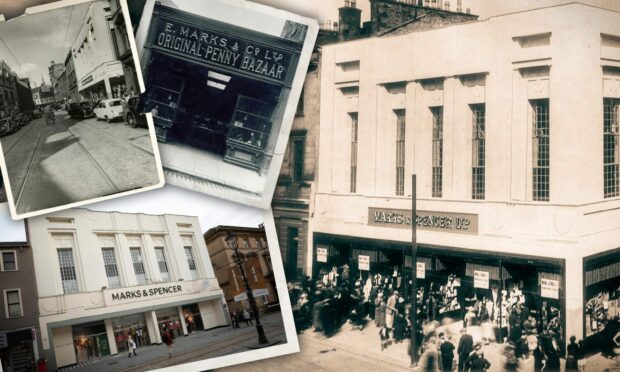
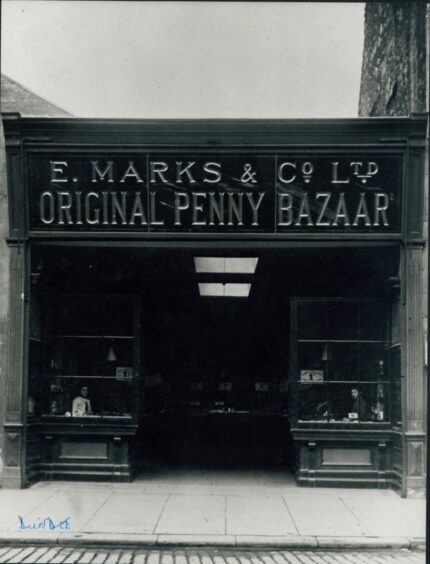
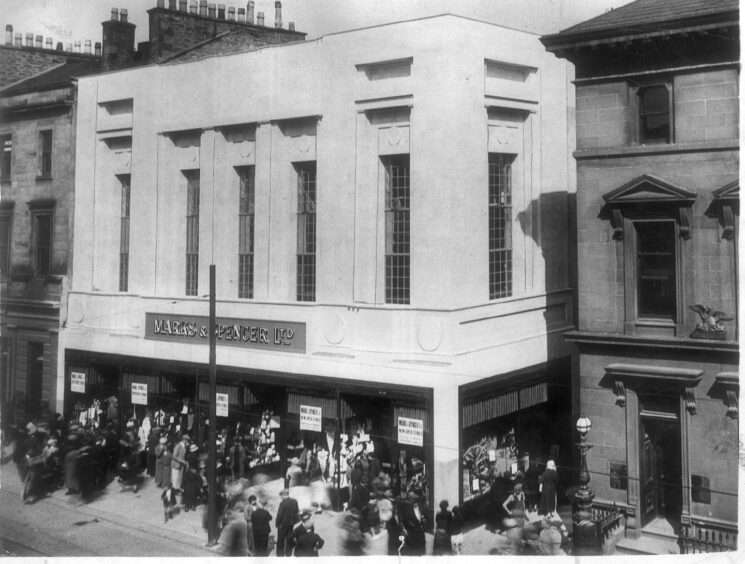
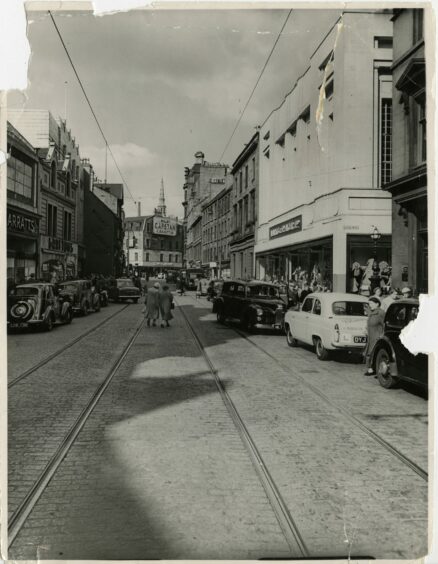
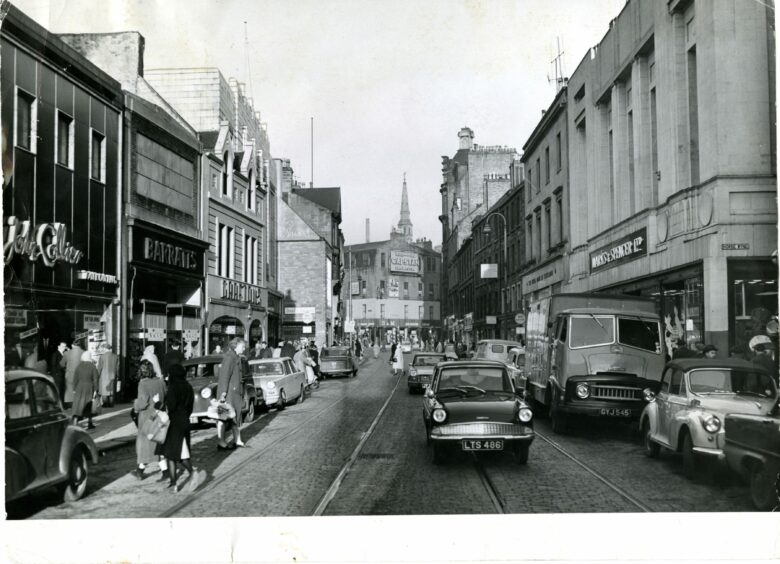
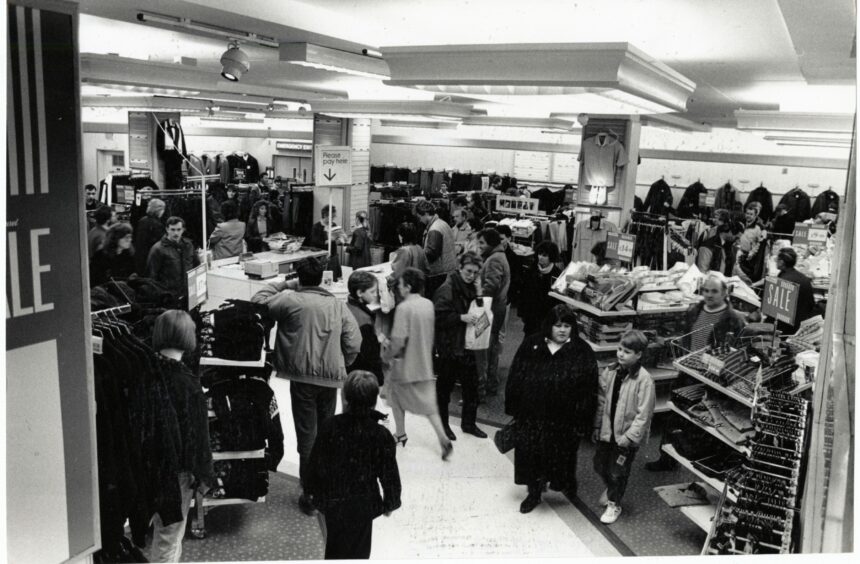
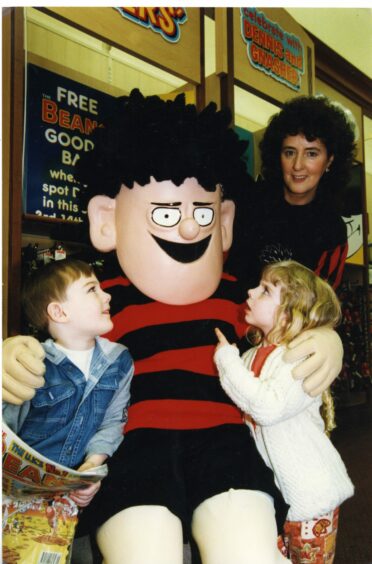










Conversation